I put together a simple cheat-sheet for writers about eighteenth century clothing, and I thought it might not only be a good guide for writers researching the era, but also a bit of fun for readers who love history (although you may want to note the changes I made because of the fantasy aspect of my world). So without further ado, here’s how you might go about undressing my hero, Giles Beaumont, from my upcoming release THE LADY OF THE STORM:
1. Shoes
First, let’s get Giles comfortable be removing his shoes or boots. Like the women, men wore heeled shoes similar to our modern day clogs where you slip your foot in, but mostly of black with large buckles. The toes started out square, and went round by 1740.
Pumps had low heels. I prefer my hero to wear boots, however, and many a military man wore them to a ball. I prefer the half jackboots, which ended below the knee in a turned-down top, made of leather. Heavy jackboots went above the knee, and light jackboots were cut in the back so a man could bend easier. Slippers were worn indoors, usually heelless leather.
2. Coat
Now we might want to remove Giles’s coat. The most common coat for a gentleman had no collar, a flared skirt-like pleated bottom, buttons and very wide buttonholes down the entire front and along the sleeves. The buttons could be made of gold, silver, brass, and other metals. The sleeves were wide and turned up into a large cuff, and short enough that the frills on his shirtsleeves peeked from beneath. The front had two large pockets about hip-high. The skirt of the coat was often stiffened with buckram (a stiff fabric) and whalebone so it flared out widely from the waist. The coat fell past the knees. It was usually only buttoned at the throat and/or waist, so the rest of the buttonholes were just for show.
The frock coat was first worn by the lower class, having a less rigid and more comfortable cut. The gentlemen then adopted the coat for sports, riding & casual dress. The frock coat had a collar and sometimes, a slit in the sleeves. But otherwise, it looked similar to the coat described above.
As always, the difference between a gentleman’s dress and the lower classes was in the material. Silk, satin, damask, gold & silver stuff, etc. for gentlemen; ticking, rough wool & leather for the lower class. And I should also note here that a gentleman’s wardrobe was lined.
3. Waistcoat
You will then be able to remove Giles’s waistcoat, and it looked very similar to the coat, with buttons down the front and a large pocket on each side. But the long sleeves and the back were often made of a thinner, cheaper material, since it didn’t show. And it was shorter than the outer coat, around mid-thigh. Waistcoats could also be laced up instead of buttoned, have decorative lining around the hem made of embroidery, lace or fringe. In THE LADY OF THE STORM, Giles prefers buttons, since they are easier to remove, and less fussy.
4. Breeches
Depending on your mood, you might want to remove Giles’s breeches next, which could be made of the same material as coats, but didn’t have to match. Start by unbuttoning the waistband’s three buttons (set close together), and about three more buttons below that to fully open the front. Breeches only went to just below the knees, so then you need to undo the knee buckles. During the first quarter of the century, stockings were pulled up over the knees of the breeches and rolled back down below them over garters (woven silk, ribbon, braid). But soon the breeches were buckled over the stockings below the knees. Giles prefers this method, so after you unbuckle his breeches, you may then remove:
5. Stockings
The stockings were generally white and made of cotton or silk. You could certainly use different/contrasting colors for a dandy.
6. Drawers
In THE LADY OF THE STORM, Giles Beaumont doesn’t often wear them (I have found no evidence that drawers were always worn), but if he happens to have them on, they have to be untied at the waist and knees, and were generally made of linen.
7. Neckcloth or Cravat
Untie the cloth from under his chin, where the ends were left to fall to about his upper mid-chest, then slowly ease it off from around his neck. Made of muslin, lawn or linen, the ends were decorated with lace or tasseled. Commoners may wear a handkerchief knotted about the neck. There was other neckwear, including a stock and solitaire.
8. Shirt
And finally, gratefully, you can unbutton Giles’s shirt. Ruffles at the front and sleeves, often edged in lace. The ruffles at the neck were often referred to as a jabot, when the cambric or lace edging was sewn to both opening sides. For commoner or casual wear: plain sleeves with a narrow band, which is usually what Giles wears. Generally made of fine white cotton or linen material, referred to as cambric. You could distinguish a gentleman by how clean his shirt was.
9. Other:
Men usually had short, close-cropped hair, because they wore a white wig, longer at the beginning of the century, and of varying styles throughout. Wigs could be several colors, but were often powdered white. Real hair could be dressed to resemble a wig, and hair was worn long if you didn’t have one (artisans & commoners). However, black wigs were often worn by the military. Some had long and short curls all over, curls just at the sides, braided down the back, tied back in a queue. Wigs could me made of human hair, horse or goat hair, and feathers. There was such a variety of wigs that an author can surely use her imagination with them! In THE LADY OF THE STORM the men wear wigs to imitate the elven lords’ lustrous long white hair, and use silver glitter to try to copy the sparkle. Since Giles has the original, he does not wear a wig, but will often wear battle braids at the sides.
The cocked, or three-cornered hat, usually made of black beaver felt, was worn indoors under the arm. It was often quite large, and could be decorated with ribbon, feathers, lace, etc. Men often wore nightcaps to keep their shaved heads warm, but the elven lords had a full head of hair to keep them comfy at night. In THE LADY OF THE STORM, Giles wears his hat outdoors, but carries it under his arm the rest of the time, and he certainly never decorates it.
Giles Beaumont dresses simply, but when at court, he might also carry or wear: leather gloves, a sword (the hilt protruded through a side vent of the coat—Giles always wears his enchanted sword, although fancier swords were worn at court), and after 1730, a cane as well. Pocket watches, a snuff or toothpick box, a lace-edged handkerchief.
For outerwear: open cloaks fastened at the neck & Greatcoats (a big frock coat with back vent for riding). Military men preferred the cloak, as did spies, and Giles was no exception.
References: Costume in Context/The Eighteenth Century by Jennifer Ruby ISBN 071345772, A History of Fashion in Costume/The Eighteenth Century by Anne Rooney 0816059489, Daily Life in Eighteenth Century England by Kirstin Olsen 0313299331, Handbook of English Costume in the 18th Century by C. Willett and Phillis Cunnington 0823801284.
Subscribe to:
Post Comments (Atom)




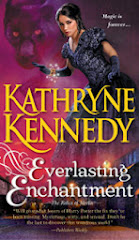
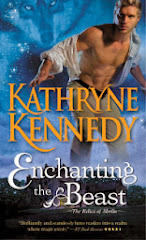
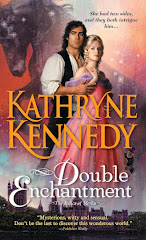

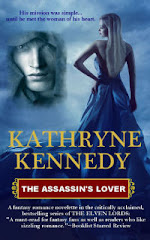

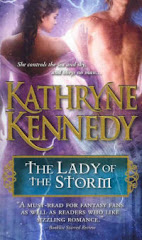
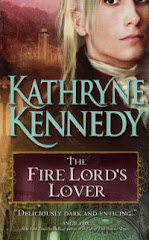
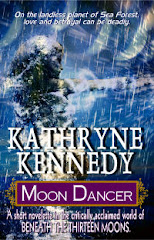
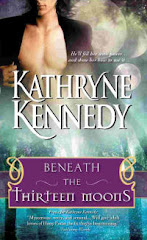
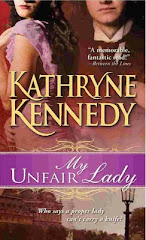

Even though I love the look of the 18th century apparel, I'm also very glad we don't have to put up with all that on a day-to-day basis ^-^' I think it would drive me insane. But it does make so much why they needed valets and maids to help them dress/undress.
ReplyDeleteI agree, Alyssa! Give me t-shirt and jeans any day! Thanks so much for commenting!
ReplyDelete